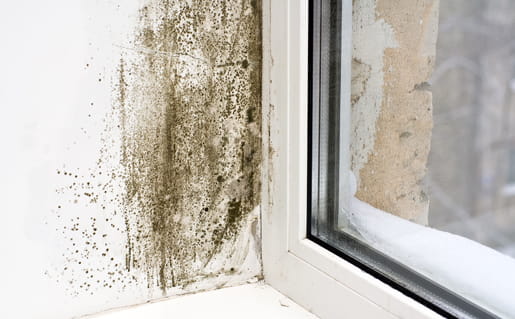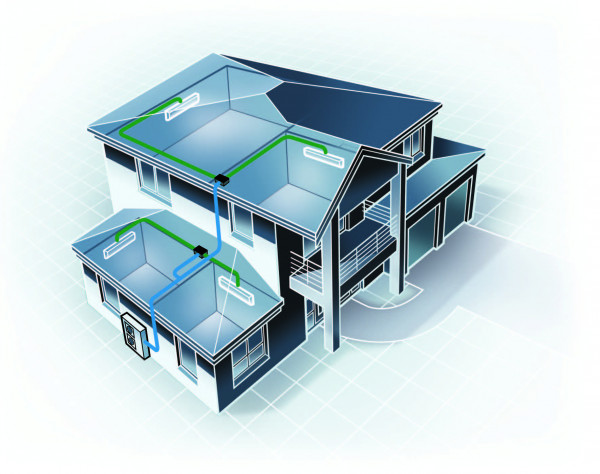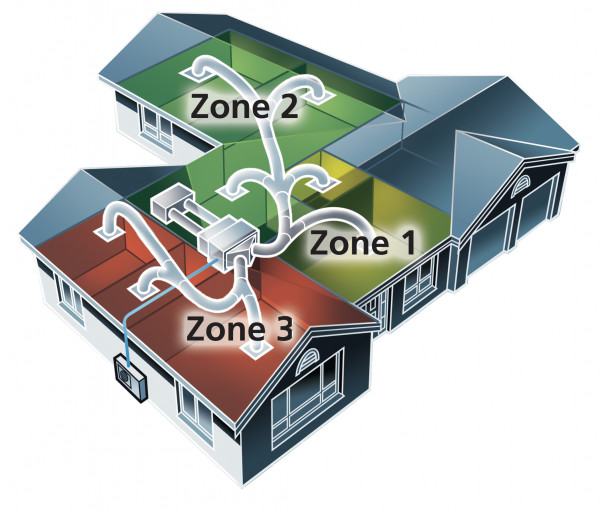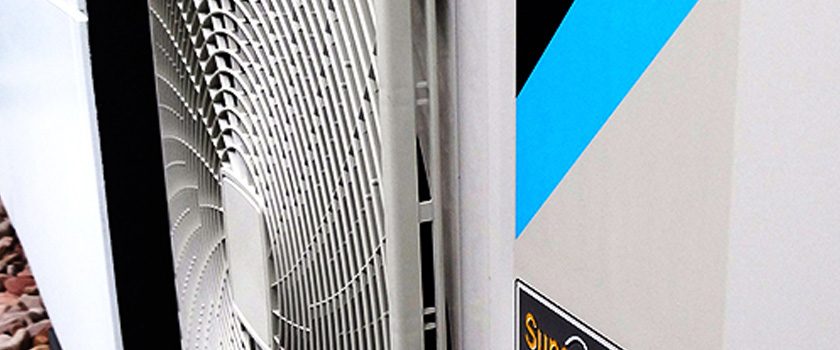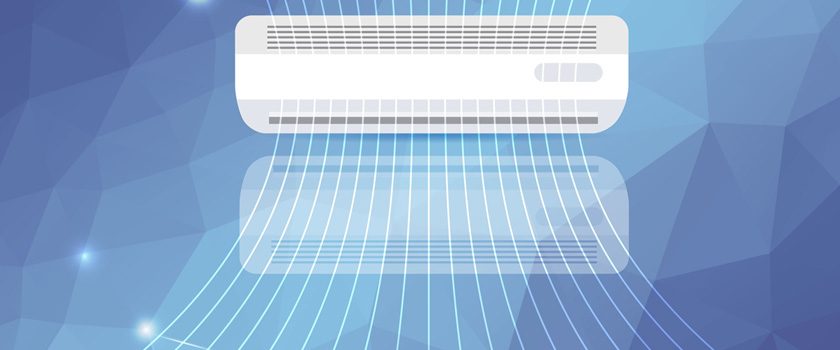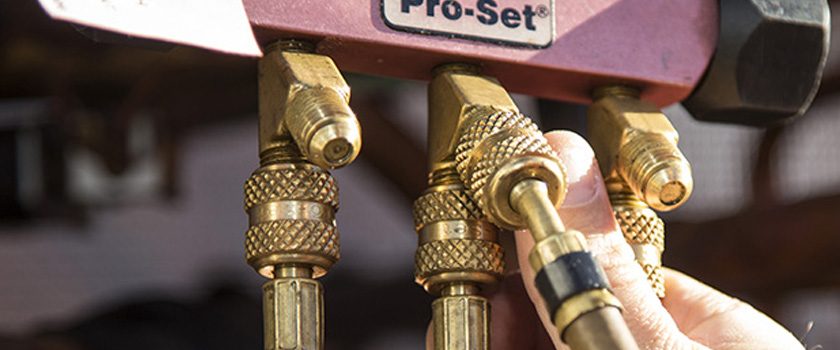If you live in Brisbane, you would understand how dramatically the temperature can change between summer and winter. One moment you are sitting in a puddle of your own sweat and within a matter of weeks, you are sitting with layers of clothing on.
In case you haven’t noticed, winter is upon us and we think that it is time that you understand how to best care for and use your reverse cycle air conditioner during the colder weather to maximise your energy efficiency and save on your bills.
What Is Reverse Cycle Air Conditioning?
A reverse cycle air conditioner is one that can cool your home in summer, and keep you warm during winter, all with one energy-efficient unit. It’s so brilliantly simple! Hands down, it’s one of the most efficient ways to heat your home using electricity.
Benefits Of Reverse Cycle Air Conditioners
They warm in winter
They certainly do, and it’s all about the heating technique! A reverse cycle air conditioner works very differently to conventional gas or portable electric heaters. Conventional heaters have to ‘create’ heat energy, while a reverse cycle system ‘absorbs’ heat from the outdoor air to warm the air inside, which is a more energy efficient technique.
When in heating mode, the unit works in the opposite way to cooling, in that it draws heat in from the air outside before distributing it around the room. To get a bit technical, a refrigerant is passed through an external coil, absorbing heat from the outside air. This refrigerant is then pumped through a compressor into a fan coil unit inside the home, releasing heat into the room. It doesn’t have to be warm outside for the unit to do this, as it can perform this function even in freezing conditions.
Built with cold conditions in mind, a good reverse cycle air conditioner will have an automatic defrost cycle for more effective operation. So even when the mercury drops as low as minus 15ºC, your reverse cycle air conditioner can still heat your home.
They cool in summer
With a flick of the switch, your reverse cycle air conditioner is now in cooling mode. Again, using a super-energy efficient system, the unit will absorb heat from the inside air and dissipate it outside, leaving your home cooler. Today’s modern technology means your air conditioning unit can cool your home in temperatures as high as 46 ºC. So forget cumbersome or bulky fans. This is the perfect cooling system made for our climate.
They’re extremely efficient
The one word you’ll hear over and over again when talking about reverse cycle systems is efficient… efficient in terms of energy use, efficient in cost over time, efficient in heating, efficient in cooling. They really do provide one of the most efficient means of heating a home available.
In fact, modern reverse cycle air conditioning systems are becoming more efficient over time, particularly in terms of energy consumption and cost, making them a very good investment in comfort and health. And as electricity prices continue to rise, air conditioner efficiency is becoming increasingly important. They’re efficient even in the most extreme conditions. For example, one kW of electricity consumed, will generate three or more kW of heating or cooling.
When comparing energy consumption for different air conditioners, remember there are different energy ratings, so ask a specialist to explain what the numbers mean. As with other appliances, the more stars your heating and cooling unit has, the more energy efficient it is.
They’re adaptable and flexible
As part of a push for energy efficiency, many modern reverse cycle air conditioning units come with thermostats and advanced inverter technology, which means they’re able to adapt to the temperature and condition of the room. Inverter technology helps to deliver one of the most energy efficient ways to heat and cool your home using electricity. Unlike a conventional air conditioner’s on/off operation, inverter technology works like the accelerator of a car, gently adjusting power to reach the desired temperature faster, then steadily maintaining it without fluctuations, for uninterrupted comfort and more efficient operation.
More efficient than portable heaters
Reverse cycle air conditioning units are usually much more efficient than plug-in portable electric heaters, which can sometimes be cheap to buy but costly to run. Also, consider the size of the space you wish to warm with your heating source. Many portable heaters are only designed to warm a very small area like the ground around your icicle-cold feet, for example, and the heat may not emanate to a wide enough area to truly warm your environment, or your body, unless you literally sit on top of it, which is neither safe nor practical!
You only pay once
A particular advantage of installing a reverse cycle system is that you only pay once for a unit that performs two functions. All you need to do is change the unit’s mode to switch between cooling for those summer months and heating to quickly warm your home in the chilly winter months. Some Aussies actually live in an environment where they could use the heater one day and the cooler the next. So having a reverse cycle system could help make your home’s heating and cooling expenses much more efficient.
They help purify the air
Dust and smoke be gone! Reverse cycle air conditioning systems don’t just heat or cool your home, some split systems can actually purify the air inside it. Many systems feature a built in air-purifying filter that traps fine airborne particles, helping you purify the air inside your home. Some even decompose odours, and absorb and deactivate bacteria and viruses. Considering Australia has one of the highest rates of asthma in the world, as well as high levels of hayfever and other allergies, this is an unexpected advantage of a reverse cycle system and can make it an important factor when considering your growing family’s needs, not just in terms of heating or cooling, but in terms of health.
Less noise equals greater comfort
When it comes to a heating or cooling system, perfect climate control is the key factor that can affect comfort in your home, but it’s not the only one. Operating noise levels can also have an impact on comfort levels. Some manufacturers of reverse cycle air conditioning systems are investing in, and developing technology to reduce operating noise across their units, maximising a family’s comfort at every level.
Better for the environment
Here’s another fantastic advantage to choosing a reverse cycle air conditioner. These systems tend to produce only one third the greenhouse gas emissions of standard electric heaters. Some reverse cycle units that are rated above a 5 star energy rating such as Daikin’s only 7 star energy rated split system* (US7) will actually produce less than one fifth of the emissions of conventional electric heaters.
More split systems today are using the new R32 refrigerant with 66% lower global warming potential factor than R410A which is the common refrigerant type.
Less greenhouse gas emissions means a happier planet.
How To Prepare Your System For Winter
If you do already have a reverse cycle system installed in your home, there are a few things that you can do before the cold weather really sets in.
Clean Your Filters
We can’t stress enough just how damaging blocked filters can be. Blocked or dirty filters are often the first issue that we look for when on a service call.
Adjust Your Thermostat
Most people think that turning their heater up to 26 degrees in winter will warm the room up faster and keep them warmer for longer. All this will do is result in your system working harder and your energy bills increasing. During winter, have your system set to 18-22 degrees. Your room will still warm up just as fast and you will still feel just as warm, you just won’t be paying the extra on your energy bills or shortening the life of your system. It has been estimated that increasing the temperature on your air conditioner by just one degree can increase your costs by a large ten per cent!
Have It Serviced
One very important point to remember is to have your system professionally serviced before a long summer or winter of using it. When a technician services your system, they make sure that everything is working as it should be and that your system is still providing the most energy efficient service that it can for your needs.
In Summary..
Using your reverse cycle air conditioner is no different in winter than it is in summer. Just remember to keep the temperature down, you will still stay warm, and to make sure your filters are clean. If you haven’t had your system serviced yet, Advanced Air Conditioning have a special offer for you! You can have your Ducted Reverse Cycle system serviced from a low $210 inc GST, or a Wall Split from $175 inc GST. Our offer ends VERY soon, so give us a call today on (07) 3256 6033 to make sure that your system isn’t costing you more than it should this winter!

